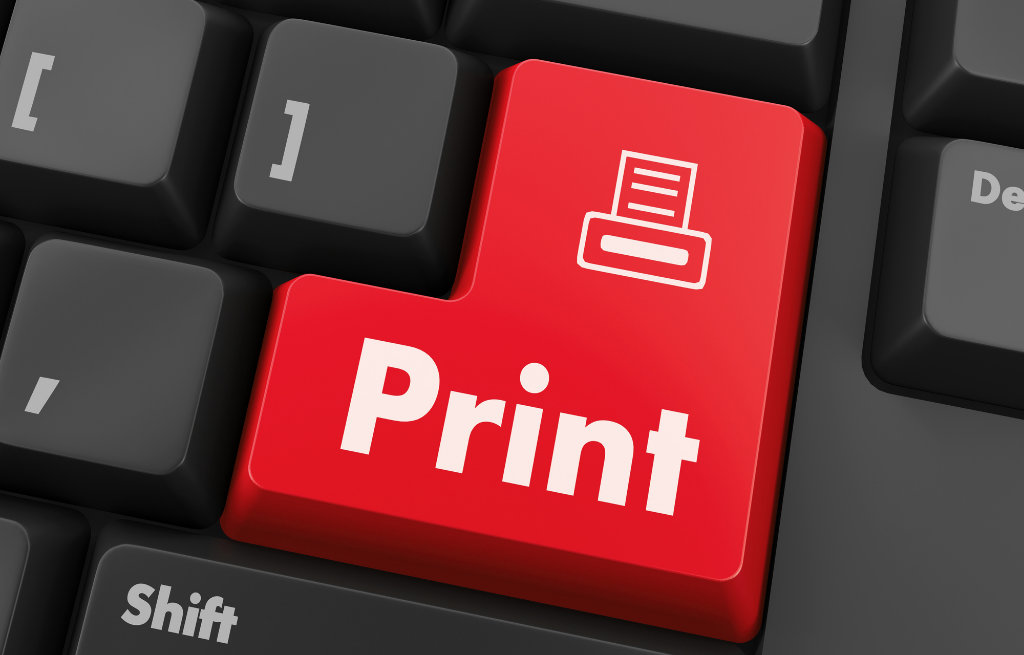The digital revolution has fundamentally changed how we access information, communicate with each other and engage with businesses. As the digital tools we rely on get smaller, cheaper and smarter, many have predicted that print will become merely a quaint relic of the “pre-pixel” age.
Thankfully, those dire predictions aren’t borne out by evidence. In his 2016 article for MarketingProfs, Nicholas Brown wrote, “The more our lives are influenced by digital media, the more we are drawn to print as a retreat from online space.”
Catalogs, magazines, brochures and postcards still play a central role in brand-building, customer acquisition and audience engagement. Why? Because the more our lives are filled with digital communication, the more we crave respite from it.
Print offers a retreat―a way to continue and deepen engagement when we put our devices down. In fact, during these moments, we’re often less distracted and far more relaxed and receptive.
The 4 Powers of Print
We’ve all heard the refrain countless times: “The medium is the message.” And the logic behind that truism applies inside and outside the digital world. The advantages of print make it ideal for a wide range of messaging.
1. It’s sensory.
The weight and texture of the paper, the saturation of the ink and the rich detail of images can make print compelling and immersive. Together, these physical qualities are able to create unique brand moments that simply can’t be matched digitally.
In this way, it’s especially appealing to tactile learners―those who experience the world primarily through touch and movement.
2. It comes with fewer distractions.
The sheer power of our digital tools demands us to make a tradeoff―convenience in exchange for constant distraction. As you’re reading this, you’re probably being presented with pop-up ads and incoming emails, text messages and meeting notifications. That same degree of intrusion doesn’t apply to print.
3. It is slow (in a good way).
With fewer messages vying for our attention, printed material can be experienced more slowly (which often means more thoroughly). For marketers, that tendency to keep and savor printed material translates into more durable and potentially more valuable engagement.
4. Print is trusted.
Culture matters. The printed word carries with it the weight of history and tradition. While I’m not suggesting that digital media is anything less than trustworthy, print has a certain implicit credibility and cache. Used properly, the very medium itself can help businesses reinforce their messages and enrich their brands.
Digital media has revolutionized how the world communicates, but it hasn’t displaced print. Instead, it has repositioned it. Print is the break we take. It’s what we see when we look up from our devices. It’s what we linger over. As part of a well-integrated multi-channel campaign, it can spark new interactions between your brand and your most valued audiences.
From brand strategy to content and creative development, Stamats helps business tap into the power of print. Let’s connect and explore how print can improve conversion, enrich your brand and move your goals forward. For more information, please contact us.


Leave A Comment